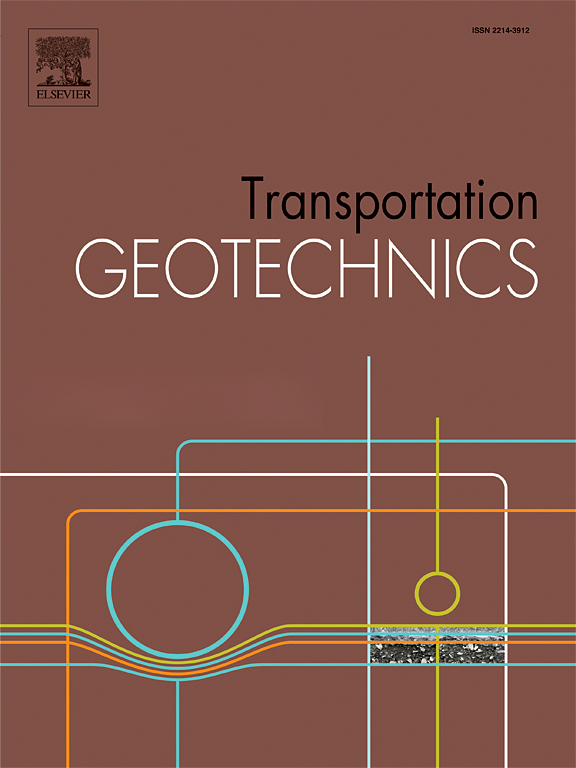Intelligent classification of ballast bed defects using a bimodal deep learning model
IF 4.9
2区 工程技术
Q1 ENGINEERING, CIVIL
引用次数: 0
Abstract
The method of detecting ballast bed defects using ground penetrating radar (GPR) is an important method for guiding the maintenance of railway infrastructure. Currently, this technology primarily relies on time–frequency analysis to assess the condition of the ballast bed and manual interpretation of GPR images to identify defect areas and types, resulting in low automation levels. This paper proposes a bimodal deep learning classification model that enables intelligent classification of moisture and mud pumping defects in ballast beds. This model includes two channels, each processing a different data modality. One channel uses a Multilayer Perceptron (MLP) to extract features of A-scan data in the time domain. The other channel utilizes Short-Time Fourier Transform (STFT) to convert time domain signals into frequency domain signals, which are then processed by a ResNet18 to extract frequency domain features. By fusing the time and frequency features, the proposed Time-Frequency-Fusion ResNet model (TFF-ResNet) demonstrates superior performance. Experimental results show that TFF-ResNet outperforms the standalone MLP and ResNet18 models, with performance improvements of approximately 24% and 14% on the validation dataset, and 21% and 34% on the testing dataset, respectively.

求助全文
约1分钟内获得全文
求助全文
来源期刊

Transportation Geotechnics
Social Sciences-Transportation
CiteScore
8.10
自引率
11.30%
发文量
194
审稿时长
51 days
期刊介绍:
Transportation Geotechnics is a journal dedicated to publishing high-quality, theoretical, and applied papers that cover all facets of geotechnics for transportation infrastructure such as roads, highways, railways, underground railways, airfields, and waterways. The journal places a special emphasis on case studies that present original work relevant to the sustainable construction of transportation infrastructure. The scope of topics it addresses includes the geotechnical properties of geomaterials for sustainable and rational design and construction, the behavior of compacted and stabilized geomaterials, the use of geosynthetics and reinforcement in constructed layers and interlayers, ground improvement and slope stability for transportation infrastructures, compaction technology and management, maintenance technology, the impact of climate, embankments for highways and high-speed trains, transition zones, dredging, underwater geotechnics for infrastructure purposes, and the modeling of multi-layered structures and supporting ground under dynamic and repeated loads.
 求助内容:
求助内容: 应助结果提醒方式:
应助结果提醒方式:


